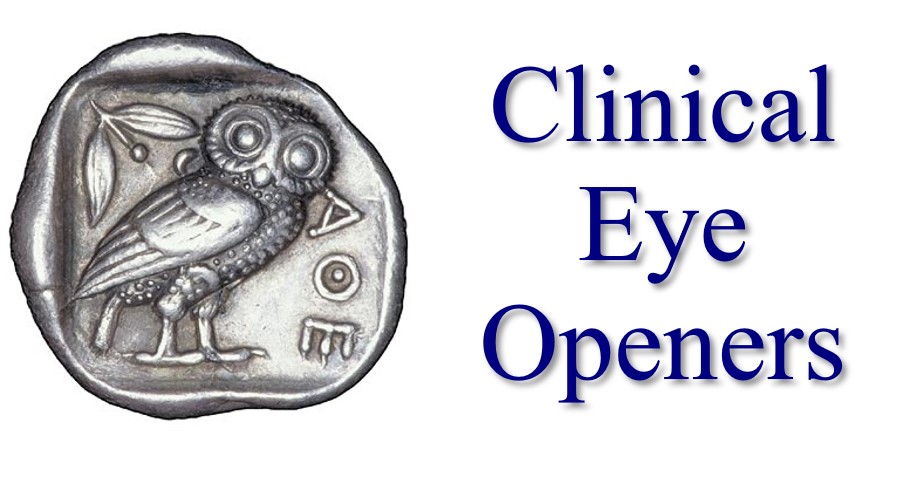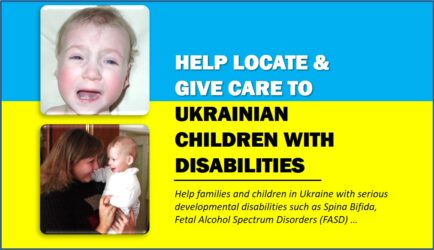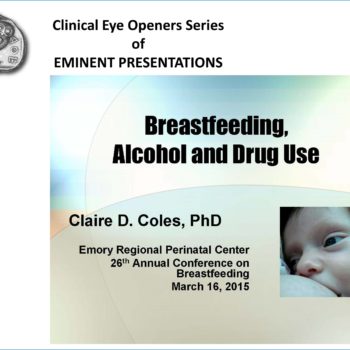A Child for Life
Produced by NOFAS United Kingdom (NOFASUK), “A Child for Life” is a 22-min educational film explaining FASD and including interviews with experts, families, and children affected by FASD. Here we present its Ukrainian translation made by Ukraine Works Ltd (Director Mrs. Anne Linden).






